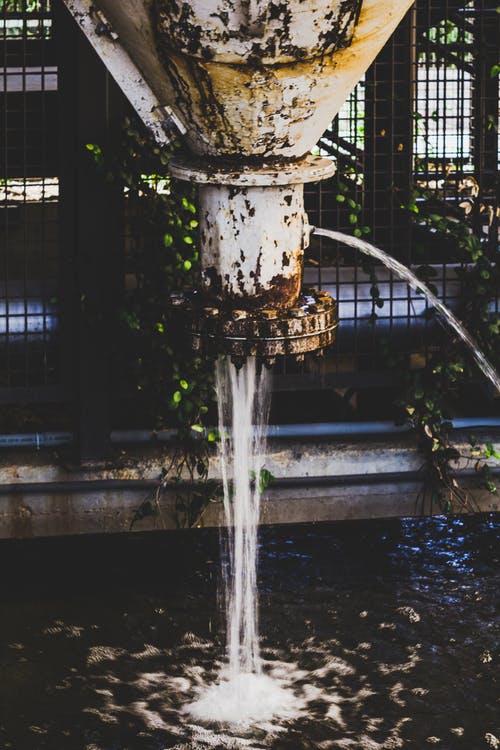Plumbing calamity can happen at anytime, but even it happens, that shouldn’t be the reason to get panic. You just need to calm down and make sure that the situation won’t get much worse. A common problem may include burst pipe that could cause major flooding inside your home. If you notice first sign of flooding, you should immediately switch off the mains, but turning the stop valves. The stop valve can be located outside your home and it directly controls the main water pipe that goes into your home. This should stop water from gushing out and further causing more serious damages. If the flooding is severe enough, it could completely “redecorate” your interior, causing your lighter furniture to get moved by rushing water. The next step is to completely drain your interior to limit the extent of damage. You should also turn off the main heating system. After you can make sure that the leakage has fully stopped and you do all you can to remove water from the interior, it’s time to call the professionals. During emergency, it’s better to get a cheap plumber as soon as possible to fix the immediate problem, than waiting for more qualified professional. Once the most critical issues have been addressed, more experienced plumbers should be able to finish the job for you. It’s also critical to immediately turn off the electricity. Flooding can increase the risk of electrocution, if someone walks too near to a receptacle, while the surrounding is nearly submerged by water.
The electrical system needs to be examined thoroughly. Moisture could remain for days or weeks inside small spaces. This could increase the risk short circuit and can be a fire hazard risk. In flooded areas, make sure that the wiring is completely dry and it’s worth hiring a qualified electrician to do that for you. The problem can be more serious during winter. If the wiring is exposed to external temperature, ice could develop and expand, potentially damaging the electrical components. Winter can be quite damaging to your plumbing system if you are not fully prepared for it. When the temperature goes below the freezing point, water will turn to ice. Ice has bigger volume compared to liquid water and the expansion will weaken the tube. After a few winters, the constant expansion and contraction motions will cause pipe to crack or even split. You need to check whether any water pipe in your house start to freeze. Make sure that water doesn’t sit inside the pipe for too long. You may invest on a pumping system that circulates water inside your house. Make sure that pipe is buried deep enough underground, so it won’t get frozen. If the pipe is near or above the surface, make sure that it’s properly insulated against the cold temperature. The most effective way is to combine the circulation and heating technique. You don’t have to make the water warm, but the heating system can keep water above its freezing point.
